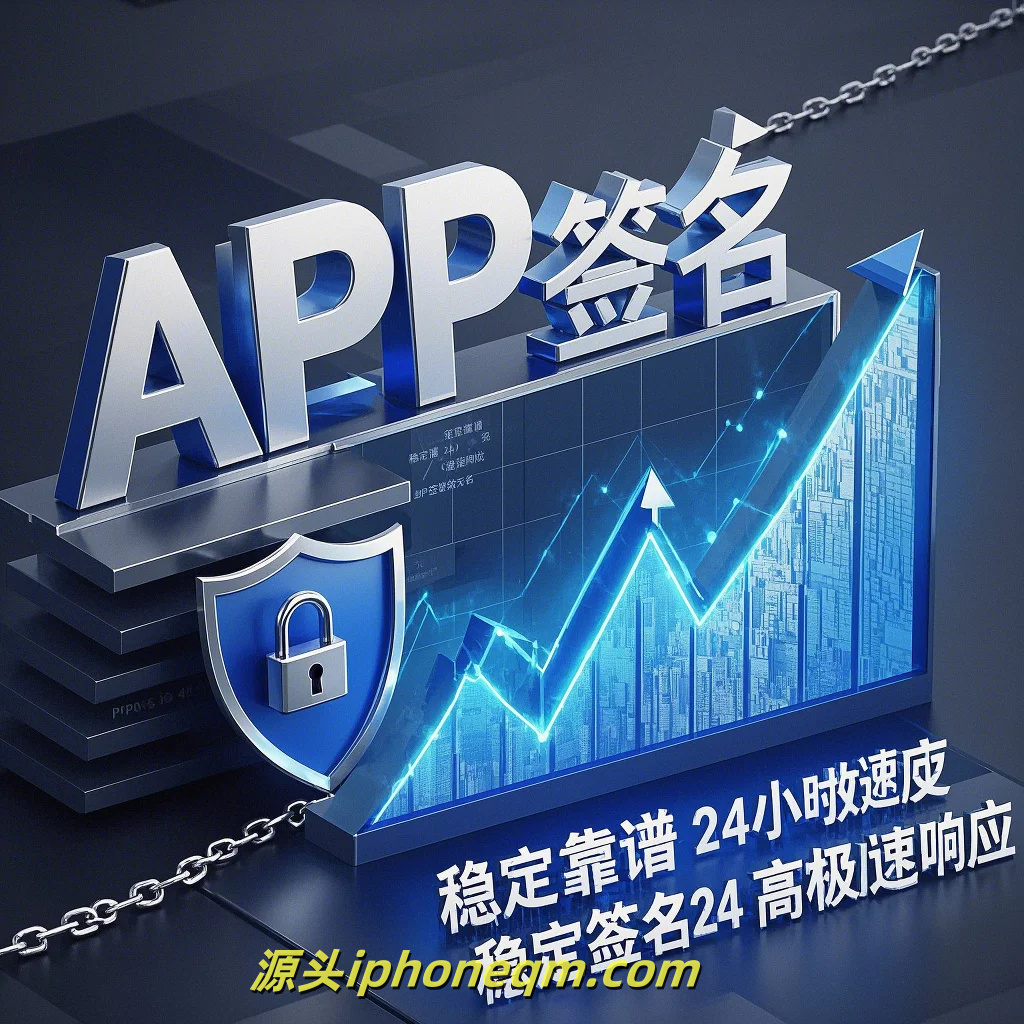Core Concepts of iOS Signature Management
In today's fast-paced digital landscape, especially with the rise of mobile applications, iOS signature management has become a pivotal component for app developers. Understanding the core concepts of iOS signature management not only enhances security but also ensures smoother app deployment. This article unveils essential elements of iOS signature management and their significance in app development.

To begin, let's define what app signatures are. In the iOS ecosystem, app signatures serve as a means of authenticating and validating an application. When you develop an app, Apple requires that each app be signed with a unique certificate before it can be installed on a device. This process verifies that the app comes from a legitimate source, ensuring users can trust it.
One of the fundamental components of iOS signature management is the use of provisioning profiles. A provisioning profile ties together an app ID, a certificate, and a list of authorized devices. There are two primary types of provisioning profiles: development and distribution. Development profiles allow developers to test their apps on physical devices, while distribution profiles are necessary for deploying apps on the App Store or via enterprise distribution channels. Understanding how to create and manage these profiles is essential for a seamless development workflow.
Next, we must consider certificates, as they are crucial for app signing. iOS developers use two types of certificates: development certificates and distribution certificates. Development certificates are used during the app development phase to test apps on devices, while distribution certificates are required when submitting apps to the App Store. Each certificate must be obtained from the Apple Developer portal, and it must be installed on the developer's machine. Managing these certificates involves timely renewals and replacements to maintain operational integrity.
Another vital aspect of iOS signature management is the code signing process. Code signing ensures that the application code hasn’t been altered or corrupted before reaching the user's device. This process involves creating a cryptographic signature that ties the app’s executable code to its identity. If the code is modified in any way after it has been signed, the app will not launch, protecting users from malicious software. The code signing process also applies to any frameworks or libraries used within the app, adding an additional layer of security.
Additionally, understanding the significance of the App Store Review Guidelines is crucial for successful app deployment. Apple's guidelines lay out the rules and standards that apps must adhere to. When submitting an app, it undergoes a review process where Apple checks for compliance with these guidelines. A well-signed app that meets all requirements can significantly increase the chances of approval.
Lastly, as developers progress further into iOS app development, they should keep abreast of evolving security principles and best practices. This includes promptly renewing certificates, managing provisioning profiles effectively, and understanding updates from Apple regarding security protocols. Staying informed is essential, as failure to do so could lead to app rejections or security vulnerabilities.
In conclusion, mastering iOS signature management is critical for any app developer. By understanding provisioning profiles, certificates, code signing, and compliance with App Store guidelines, developers can ensure their applications are secure and trustworthy. Strong signature management not only streamlines the development process but also enhances user confidence in the apps they choose to download and use. As the mobile application landscape continues to evolve, embracing best practices in iOS signature management will prove invaluable for long-term success.
扫描二维码推送至手机访问。
版权声明:本文由MDM苹果签名,IPA签名,苹果企业签名,苹果超级签,ios企业签名,iphoneqm.com发布,如需转载请注明出处。












